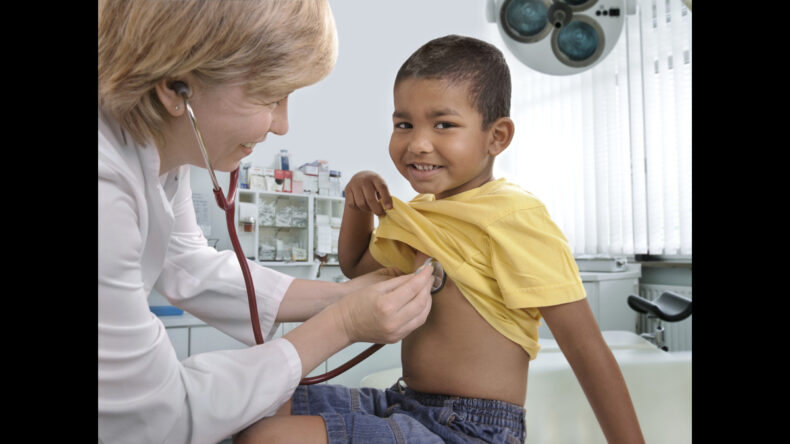
Epic Research reports that less than 20% of children between the ages of 2 and 11 undergo cholesterol screening, even those with cardiovascular risk factors. Study investigators suggest simple approaches, like incorporating reminders in standard charting and electronic health records, to boost lipid screening rates in children.
Dr. Dave Little, a clinical informaticist at Epic and coauthor of the study, expresses that the healthcare system is overlooking chances to identify and treat children at risk of heart disease at an early stage.
Dr. Little suggests that the low rates of cholesterol screening may be attributed to various factors, including limited awareness among healthcare providers and parents, insufficient reimbursement, concerns about children undergoing blood draws, and doubts regarding the effectiveness of early intervention. He highlights the need for a survey to better understand the combined influence of these factors.
Guidelines for Cholesterol Screening in Children
An expert panel assembled by the National Heart, Lung, and Blood Institute (NHLBI) advises that children between 9 and 11 years old should undergo lipid screening. The same panel, along with the American Academy of Pediatrics, recommends cholesterol screening for children aged 2 to 8 years.
In order to assess the prevalence of lipid screening in children, researchers examined the rates of cholesterol screening in two age groups: 2 to 8 years old, and 9 to 11 years old. The study focused on 165,519 children aged 2 to 8 years with at least one cardiovascular risk factor that would warrant early screening, and 237,548 patients aged 9 to 11. The cardiovascular risk factors taken into account included dyslipidemia, obesity, type 2 diabetes, hypertension, family history of atherosclerotic cardiovascular disease, and exposure to secondhand smoke.
The information was obtained from Cosmos, which is a Limited Data Set containing the records of over 185 million patients. It includes data from 200 Epic organizations, consisting of 1147 hospitals and over 25,000 clinics. These organizations provide healthcare services to patients across all 50 states in the United States and Lebanon. It is important to note that out of the 208 organizations contributing to Cosmos, only one is situated in Lebanon, and the data from Lebanon represents less than 0.5% of the total clinics and hospitals included in the study.

Children’s cholesterol screening rates were found to be insufficiently low.
Among children aged 2 to 8 years, the overall cholesterol screening rates were only 5.5%. For children aged 9 to 11 years, the screening rates were slightly higher at 18.8%. Further analysis revealed that the screening rates remained consistent across different sexes and social vulnerability indices. However, variations in screening rates were observed among different racial and ethnic groups, with Hispanic patients having higher screening rates compared to Black and White patients.
Approximately 33% of children had lipid levels that were either high or borderline-high.
Out of the patients who underwent lipid level screenings, around 13.5% of children aged 2 to 8 years with a cardiovascular risk factor were found to have high lipid levels (equal to or greater than 200 mg/mL), while 9.3% of those aged 9 to 11 years had the same findings. Furthermore, approximately 25% of children in both age groups who were screened exhibited borderline-high lipid levels (ranging from 179 to 199 mg/m













